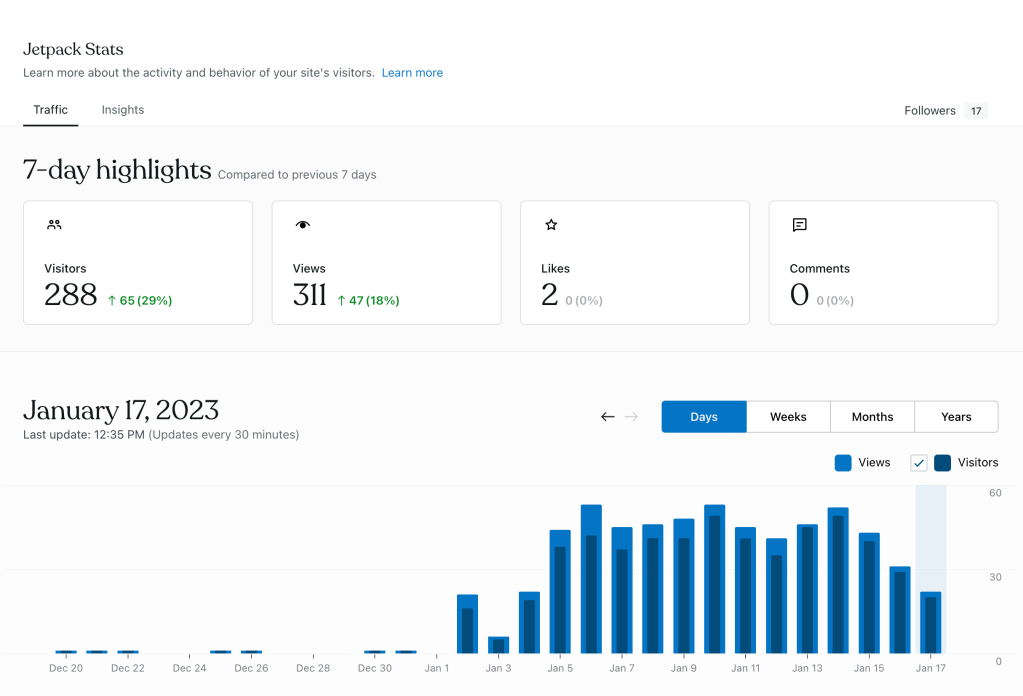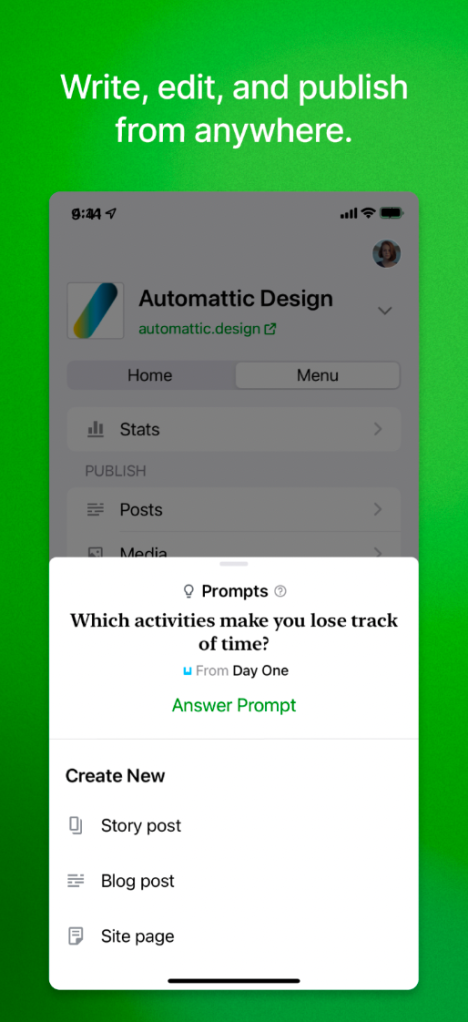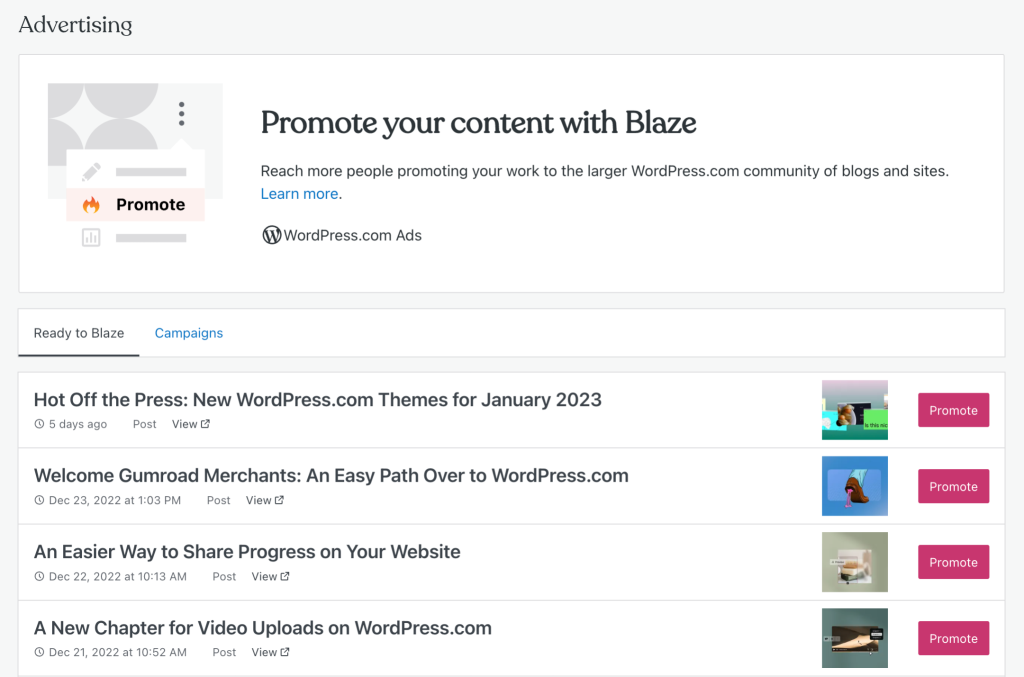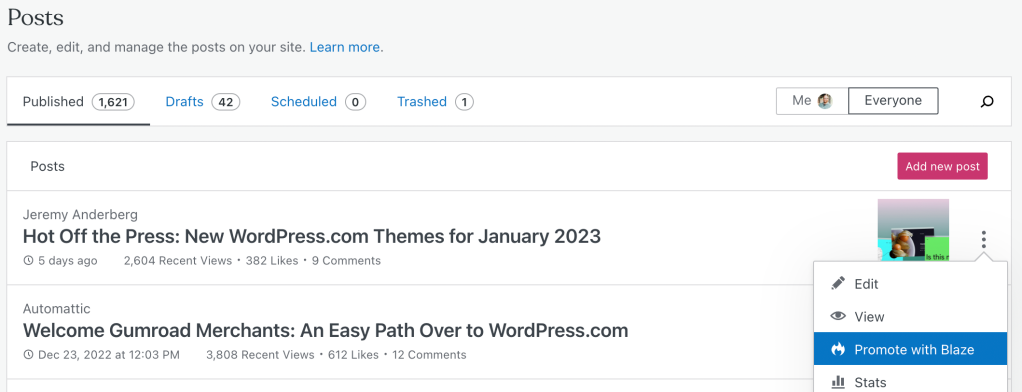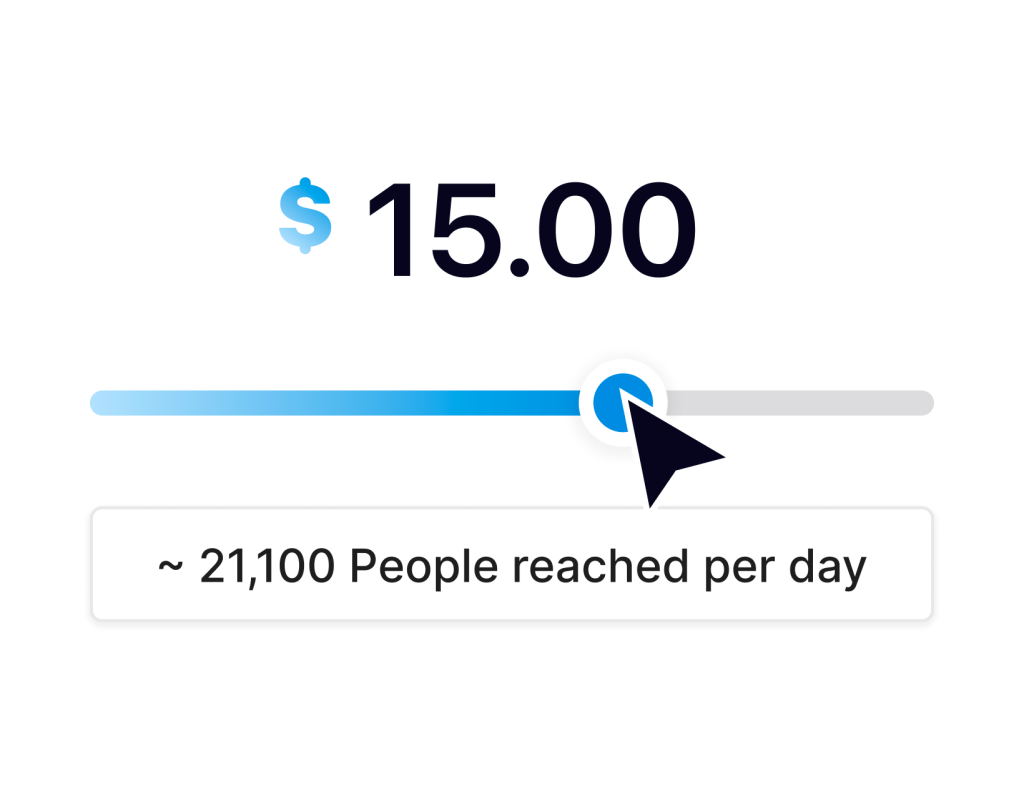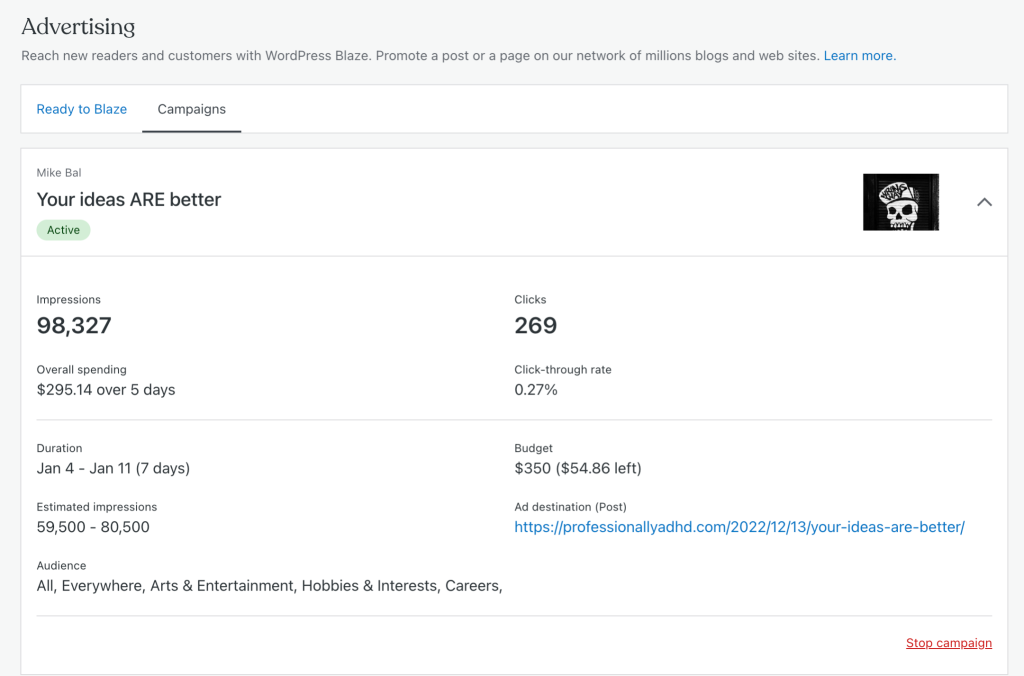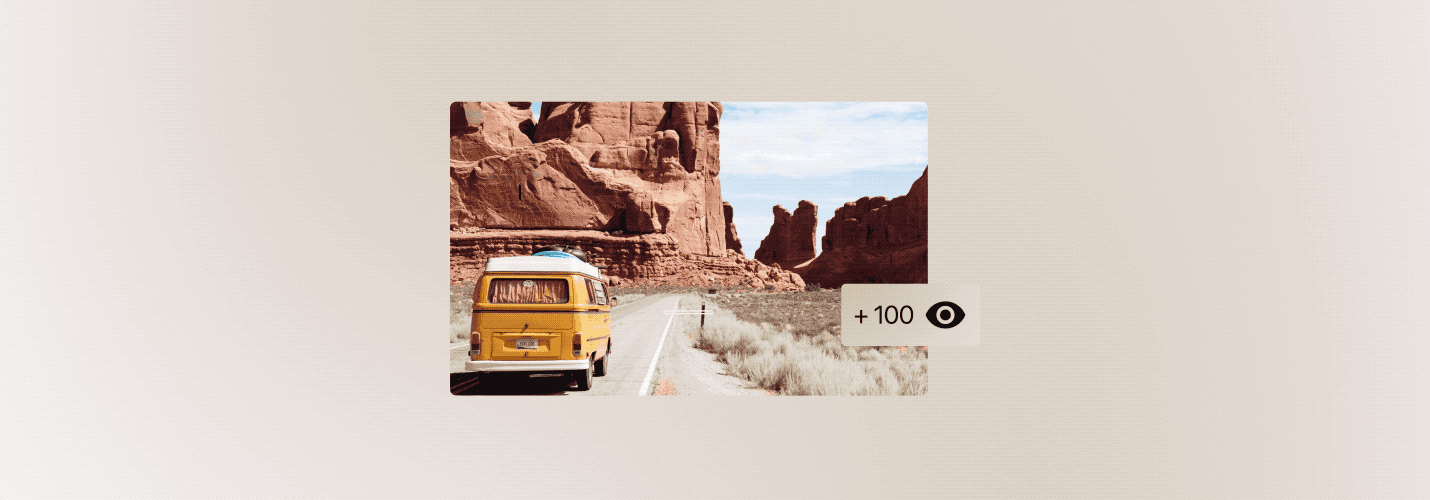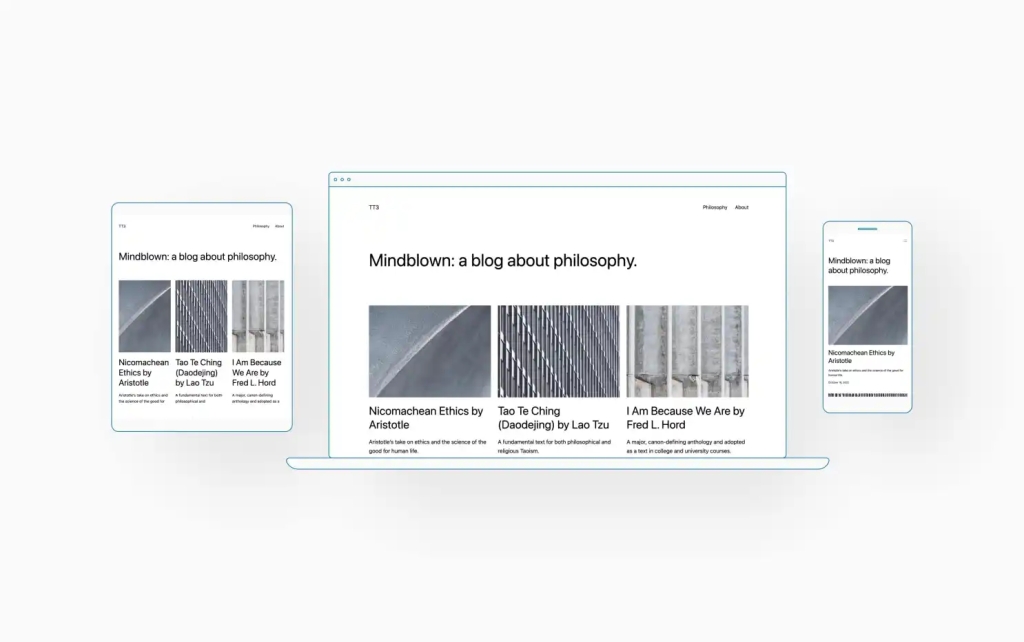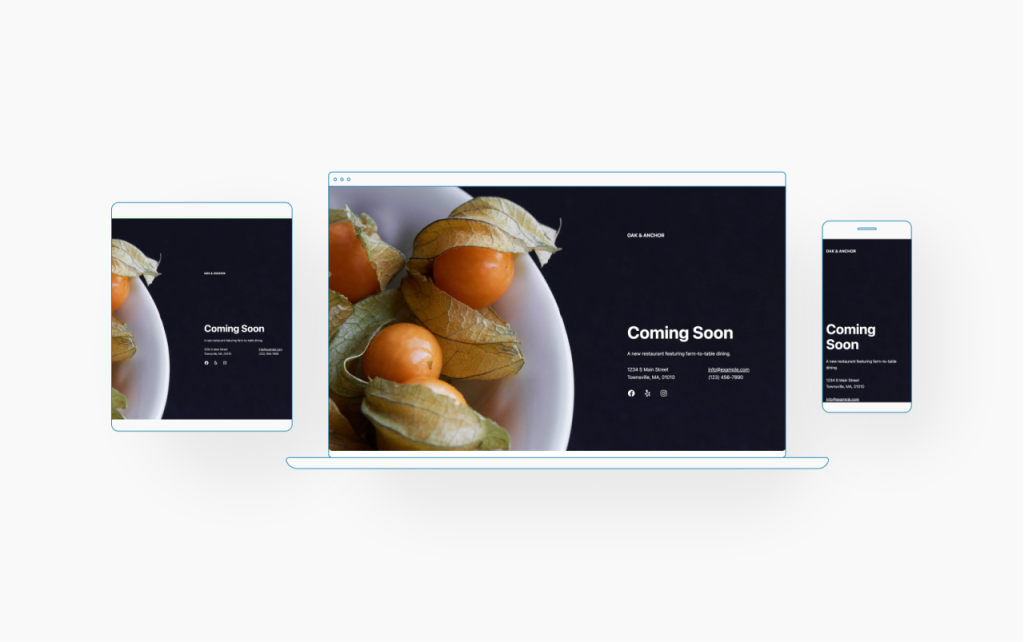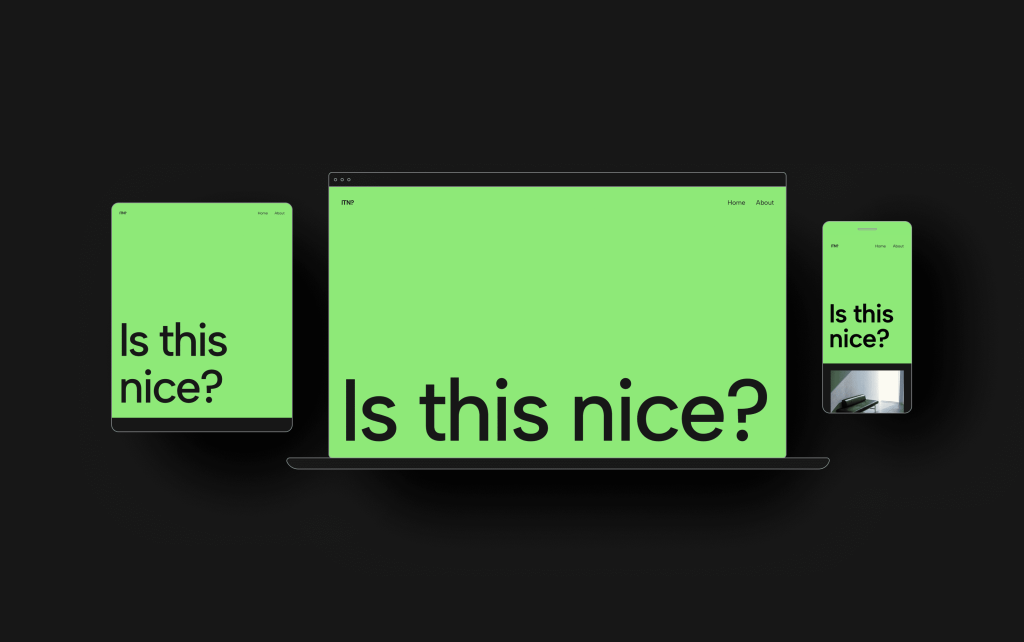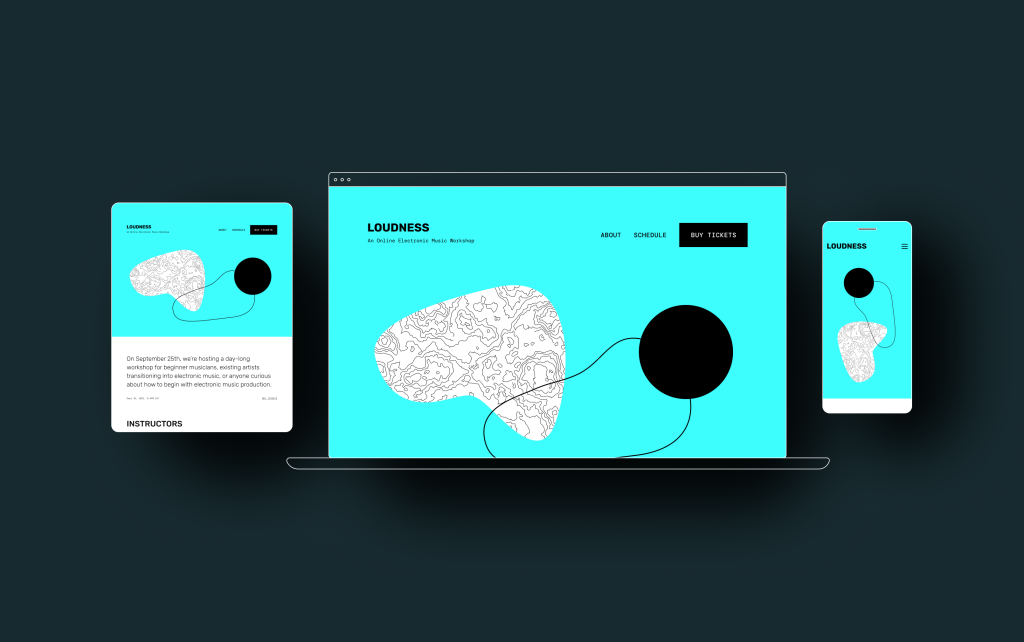WP Briefing: Episode 48: What Does Concluding a Gutenberg Phase Really Mean?
Posted by download in Software on 30-01-2023
On episode forty-eight of the WordPress Briefing podcast, Executive Director Josepha Haden Chomphosy reflects on the closing of Gutenberg phase two, and what that means in the larger context of the project.
Have a question you’d like answered? You can submit them to wpbriefing@wordpress.org, either written or as a voice recording.
Credits
Editor: Dustin Hartzler
Logo: Javier Arce
Production: Santana Inniss
Song: Fearless First by Kevin MacLeod
Show Notes
Removing Block Editor Beta Label GitHub Issue
Reporting Bugs
make.wordpress.org/design
Contribution Conversations: Improving the Contributor Journey
Contribution Conversations: Ending the Eternal September
Contribution Conversations: WordCamp Mentorship
WordCamp Asia Livestream Info
Transcript
[Josepha Haden Chomphosy 00:00:00]
Hello everyone, and welcome to the WordPress Briefing, the podcast where you can catch quick explanations of the ideas behind the WordPress open source project, some insight into the community that supports it, and get a small list of big things coming up in the next two weeks.
I’m your host, Jospeha Haden Chomphosy. Here we go.
[Josepha Haden Chomphosy 00:00:40]
We’ve barely gotten moving here in 2023, but even so, WordPress is already working toward its next major release– coming to us at the end of March. You’ve probably heard by now that with this release comes the “end of Phase 2.” But for a lot of folks, that’s raising some questions about what to expect.
[Josepha Haden Chomphosy 00:01:00]
So I’m gonna spend a little time today sharing what I currently know. Let’s start with what that phrase does mean. Firstly, all of the projects, with the exception of two, I believe, in the Phase 2 scoping ticket, will be shipped in the Gutenberg plugin before WordPress 6.2 release comes out. Barring any major breaking issues, those will then land in that major release in WordPress 6.2.
So, like, 99% of the features we considered in scope for Phase 2 will be in core by April. It also means the block editor may finally shed its beta label. We’ve been discussing that possibility with the input of the community over the course of the last few major releases, and we’ll do the same as we get ready for the 6.2 release as well. That discussion is tracked over in GitHub, and I can share a link to that in the show notes. For anyone who is a little super nerd, like me, the ticket number is 39293.
[Josepha Haden Chomphosy 00:02:00]
So not only if you’re going to memorize it and be one of those cool WordPressers who can call tickets to mind based on the numbers. This is a good one because not only is it an important topic, to be able to recall, but also it’s a palindrome, so you get to be fancy and know that forever.
But anyway, I’ll put a link to it in the show notes for all the rest of us. Fingers crossed that we get to remove that label this time around, but also, the acceptance criteria on it are pretty clear. So it’s really a matter of yes or no on all of the columns all the way down.
So what does that phase not mean? Firstly, it does not mean that we will stop accepting user feedback or bug reports on any features up to this point. It is always encouraged to file a ticket on track or GitHub detailing any bugs that you’ve encountered. If you’ve never reported a bug before, don’t worry. We have all been there. I’ll gather a link or two with some information for first-timers.
[Josepha Haden Chomphosy 00:03:00]
If you ever run into me at a WordCamp, feel free to ask me about my first bug-reporting experience. And after you’ve heard that, you will immediately go and file that bug that has been sitting screenshotted on your desk for six months because it honestly cannot get any worse than my first one.
Secondly, it definitely does not mean that we will stop shipping refinements to the user experience. As much as I’d like to say this isn’t true, I think all open source contributors know that no matter how much you test a solution, you can’t actually account for all possible use cases when you work on a project this size.
So as we find things that we didn’t realize were a little rough to use, we will, of course, make the effort to smooth those workflows as quickly as possible. So that’s my little reassuring tl;dr for what that phrase means. If you are listening to this and haven’t spent much time in the block editor as it exists today, I encourage you to do so.
[Josepha Haden Chomphosy 00:04:00]
It has really changed substantially since it was first merged in 2018, and it represents thousands of hours of research and problem-solving and creation, and outreach. If you know someone who has contributed to the project or whose content helped you make sense of some inscrutable part of it, also maybe, drop them a line and let them know you appreciate their hard work.
[Josepha Haden Chomphosy 00:04:26]
That brings us now to our small list of big things. Firstly, we are thinking a lot right now about the paths to contribution. Both at the start of your contribution journey and as you grow into a long-term, seasoned contributor. There are a couple of different discussions related to that right now. So there are actually two project-wide discussions that are on make.wordpress.org/project.
[Josepha Haden Chomphosy 00:05:00]
And then there’s one that is specific to WordCamp membership, and that is on make.wordpress.org/community. You can head over to any of those and share your experiences, thoughts, and any wild ideas that you have.
The second thing on my small list is that there are a lot of pages across wordpress.org that are getting shiny new designs.
If you want to get involved in those discussions, or you just wanna catch early previews of what’s coming to the site, you can hop over to make.wordpress.org/design or join the design team meetings in Slack.
And the last thing is that WordCamp Asia is coming quickly, my friends. This event is near and dear to my heart. I hope to see a lot of you in person, but if you won’t be able to make it in person, we still have you covered. There will be a live stream, and the schedule for that is already on the site. It shows the times for each session in your local time zone so you can easily decide which presentations you absolutely must see right in the moment.
[Josepha Haden Chomphosy 00:06:00]
And that, my friends, is your small list of big things. Thanks for tuning in today for the WordPress Briefing. I’m your host, Josepha Haden Chomphosy, and I’ll see you again in a couple of weeks.




